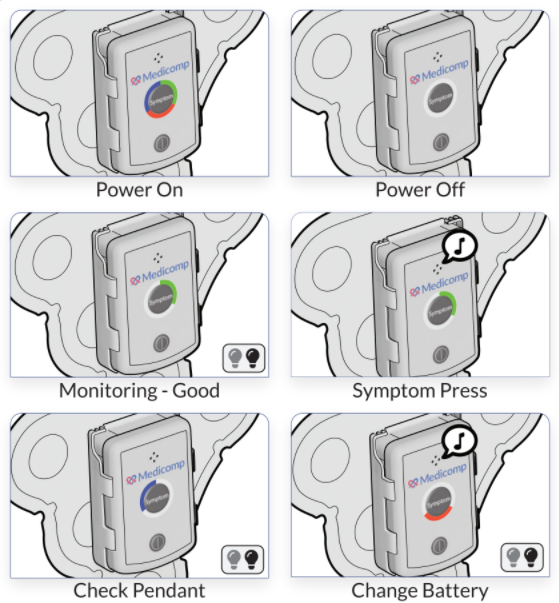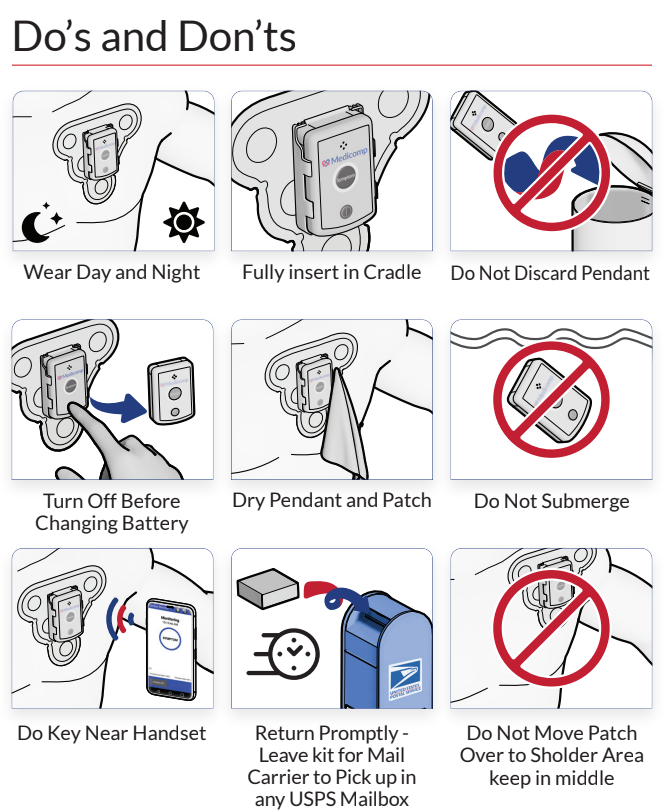We are told by our doctors that exercise is one of the essential components of living a heart healthy lifestyle. The heart is made up of muscles, and like all other muscles in our body, the more we train it, the stronger it gets. When our hearts become stronger, they require less beats to effectively pump blood throughout our bodies while they are at rest, reducing the amount of stress the heart goes through on a daily basis. This fact has long been proven when it comes to maintaining a healthy heart, however, too much of a good thing can have negative consequences as well.
Studies and ambulatory cardiac monitoring used for observation by physicians note that there seems to be a correlation between intense exercise and arrhythmias. Arrhythmias are abnormal rhythms of the heart that cause it to flutter. These flutters can be harmless or serious depending on what is causing them, and when it comes to heart health, it is always good to understand what is causing them. Endurance athletes spend a lot of time training and pushing their bodies to the limit to improve their performance. Although exercise is good for strengthening the heart, the prolonged and intense levels of stress could be increasing the likelihood of experiencing arrhythmias.
Atrial fibrillation (an arrhythmia located in the upper chambers of the heart) is facilitated by atrial remodeling, an imbalance of the autonomic nervous system, and atrial ectopy. Since endurance training impacts all these factors, there is reason to believe there is a connection between the training and an increased risk for atrial fibrillation. However, there are still a lot of unanswered questions and doctors are not suggesting endurance trainers need to take it down a notch just yet; there is still research that needs to be done.
To learn more about how to maintain a heart healthy lifestyle through exercise, or more information on ambulatory cardiac monitoring , browse the ReactDx Inc. blog or call 1-800-23-HEART.



